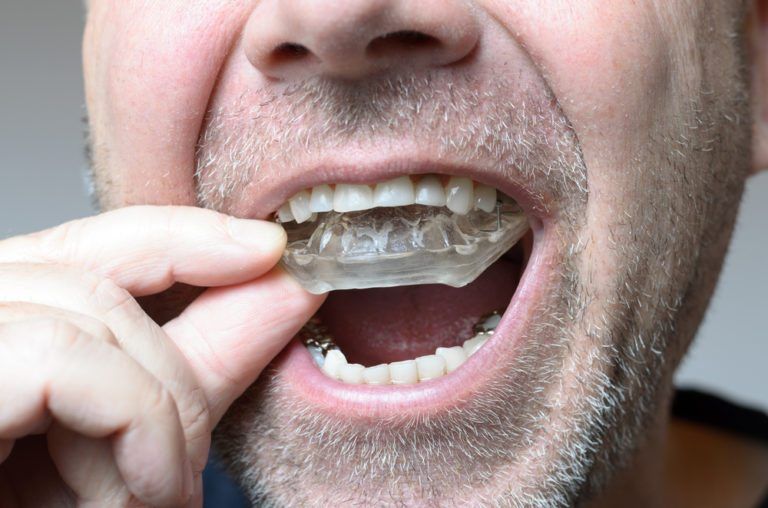Sinuses are small cavities on either side of your face. These are four paired cavities producing mucus; this mucus lubricates air pathways, catches dust particles and microbes entering airway passage.
Any surgery designed to work on conditions affecting sinus cavities is known as sinus surgery. Sinus surgeries can widen your sinus cavities to avoid the airway block and increase airflow. A team at Surprise sinus surgery performs several sinus surgeries without any severe complications.
This blog will cover all the information you should know about different types of sinus surgery.
Table of Contents
Types:
Different types of sinus surgeries are meant for different conditions affecting sinus cavities.
Endoscopic sinus surgery:
This surgery is used when a block is present in the sinus cavities. These blocks may cause pain, loss of sensation of smell infections, and difficulty in breathing. In the procedure, an endoscope is inserted through the nostrils to view the nasal passageways and clear blocks using lean tools. This is a less or minimally invasive procedure. Once the procedure is complete, the chances of infections are reduced, breathing is improved, and sensation of smell is improved. After the surgery, sinus congestion, bleeding from the nose, and headaches are common. The Recovery time is usually 1 to 3 weeks, but this depends upon the extent of surgery. Most of the patients feel normal in a couple of months after the surgery.
Balloon sinus dilation:
This procedure is also known as balloon sinuplasty; it is minimally invasive and designed to open blocked sinuses. This permits adequate airflow and drainage. In the procedure, under the effect of anesthesia, a catheter is inserted in the blocked sinus through the nose, and a balloon filled with saline is dilated, and the balloon and catheter are removed. After the surgery, the patient is allowed to go home in 24-48 hours, but the patient has to take enough rest and perform no strenuous activity for at least a week. Also, bleeding from the nose, minimal swelling, and fatigue are expected after the surgery.

Which surgery should you opt for?
Depending upon the condition you are dealing with, the doctor assigns the surgery. Generally, Endoscopic surgery is used for the following conditions:
- Sinusitis
- Nasal polyps
- Obstruction of the nasal pathway
- Chronic sinus infections
- Tumors
On the other hand, balloon sinus dilation is used to treat :
- Rhinosinusitis or inflammation of the sinus
- Blockage in the nose
Both methods are equally effective and minimally invasive. Your doctor may suggest the proper treatment for you after checking all your symptoms and diagnosing the cause of complications.














